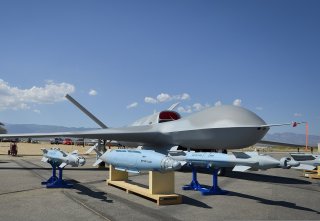Tim Reid
GARDEN GROVE, Calif. (Reuters) - Jason Lilley was a special operations forces Marine Raider who fought in multiple battles in Iraq and Afghanistan during America’s longest war.
As Lilley, 41, reflects on President Joe Biden’s decision to end America’s military mission in Afghanistan on Aug. 31, he expresses love for his country, but disgust at its politicians and dismay at the blood and money squandered. Comrades were killed and maimed in wars he says were unwinnable, making him rethink his country and his life.
“A hundred percent we lost the war,” Lilley said. “The whole point was to get rid of the Taliban and we didn’t do that. The Taliban will take over.”
Biden says that the Afghan people must decide their own future and that America should not have to sacrifice another generation in an unwinnable war.
Al Qaeda’s 9/11 attacks on America triggered a nearly 20-year conflict that led to more than 3,500 U.S. and allied military deaths, the deaths of more than 47,000 Afghan civilians, the killing of at least 66,000 Afghan troops, and over 2.7 million Afghans fleeing the county, according to the nonpartisan Costs of War project at Brown University.


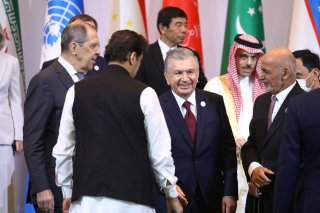



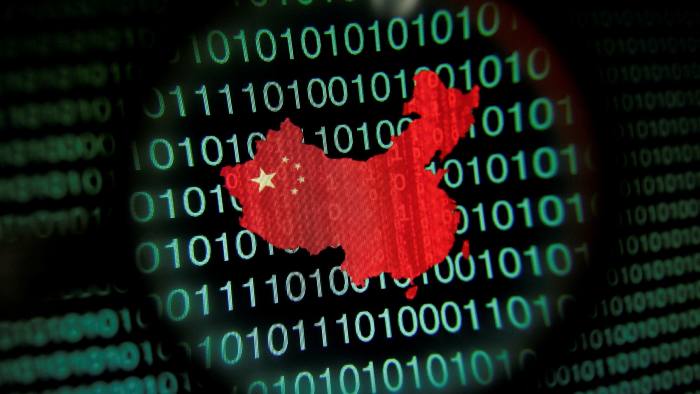

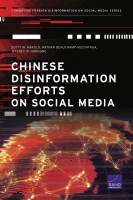






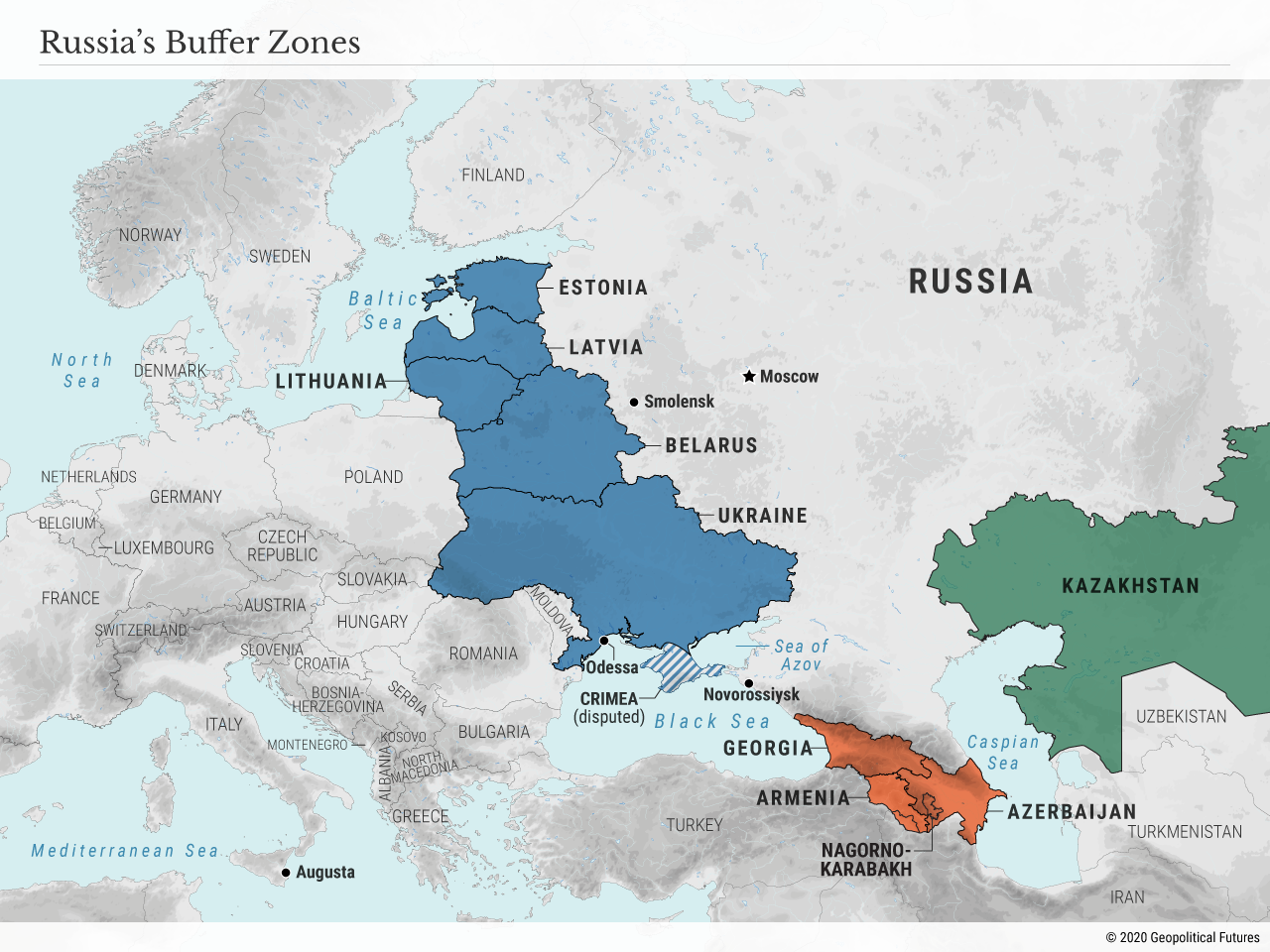



:quality(70)/cloudfront-eu-central-1.images.arcpublishing.com/thenational/CYOMRLWQPJGABOKP7JCEUEDFSQ.jpg)
